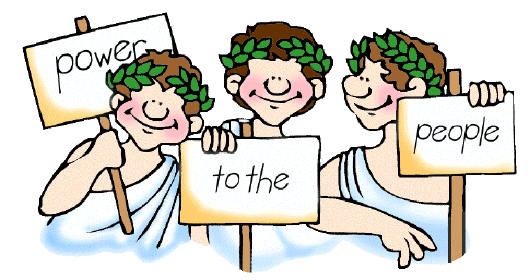Folksonomies: What Happens When You Introduce Social Into Taxonomy

Posted by TallyFox on 25 April 2017
Folksonomies is a term coined by combining "folk" and "taxonomy" and the author of the term is Thomas Vander Wal.
These user-defined metadata collections were accepted as part of social software applications that enable users to collectively classify and find information via shared tags. Do not mistake folksonomies for taxonomies. Folksonomies structure content via user tags; taxonomies are classifications structured by more formal methods that do not automatically include user-generated tags and are not viewed as equivalent.
Let's take a step back and explain how folksonomies work
Tagging content is a way to create links between items as a means of connecting items and at the same time connecting with others interested in the same items. With folksonomies, there is no existing hierarchy and they are often created on-the-fly, chosen by their relevancy to the user - not to the creator.
Users do not purposely create folksonomies and there is rarely a prescribed intention. A folksonomy develops when many users produce or store content at specific sites and determine what they believe the content is about.

Different people have different tagging patterns
When people tag content they usually tag at least one of these four aspects:
- Descriptions of the subject matter
- Where the item is located
- The intended use of the item
- Individual references
People tag items with folksonomies because they want to find them, not because they want others to find them. This approach may look a bit selfish and self-sufficient, but it proved to work well in a social setting as the dynamic nature of folksonomies works well with dynamic resources. In time, a terminological consensus developed and more common terms emerged. Experts believe that this stabilisation is caused by imitation and shared knowledge, but algorithms that suggest relevant tags also play a significant role. Everyone agrees that folksonomies are the most cost-effective way to organise the Internet as it is inclusive and works well for many environments, so they are becoming more and more popular.

The increasing popularity of folksonomies can be linked to two principal factors:
A growing need to exert control over the mass of digital information that we hoard on a daily basis.
A wish to “democratise” the method in which digital information is presented and organised by terminology that reflects the views and needs of the actual end-users, rather than those of an external organisation.
When moved to a business setting, folksonomies underperform compared to controlled vocabularies or taxonomy and here's why:
- Ambiguous terms - folksonomies words with multiple meanings
- Zero synonym control - this further wastes valuable connections, structure
- Broadness of terms – terms are often imprecise
- ‘Wisdom’ of the tagging community - they may not know the accurate term and it may impact retrieval
- Conflicting cultural norms - different cultures view items differently
- “Spagging” - spam tagging, intentional tagging of content with search tags which have little, contradictory, or no relevance to a user's web search.
This version of basic-level community classification is subject to manipulation; however, it can be regarded as an example of collective intelligence. For those who would like to keep their folksonomies the best advice would be to explore ways to use controlled vocabularies to help organize content by re-purposing appropriate folksonomies that already exist.

For those who would like to explore a more efficient way of organising content in a business setting, we recommend simple expertise taxonomies.

Comments
Leave a comment